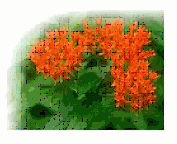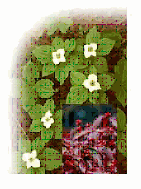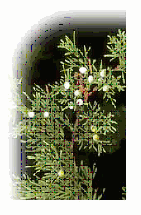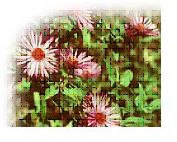Native Plants and the Impacts of Invasive Species




Why are native species vital to our ecosystems?
The term "native" is often defined as those plants that have been documented to occur in an area before the arrival of the colonists. Sometimes it can mean "native (possibly at a regional level) to the United States".
There are not many places like Cape Cod, so when it comes to landscaping, it is important to use plant species that are naturally found within the Cape’s habitats. Since native species have been living in our area for so long, they have become an integral part of the Cape’s web of life. A native type of fungus breaks down dead branches from a native type of tree, adding nutrients to the soil that allow a new tree to grow. That tree provides food for insects and habitat for birds. The birds eat the insects, and in turn, are eaten by larger birds. If you take any one link in this chain away, the ecosystem changes - and could possibly even collapse.
What happens when non-native species are introduced?
Native species are threatened when non-native species are introduced into an ecosystem. Non-native species can often take over an area, choking out the native species - especially if introduced someplace where they have no natural predators. This goes for mammals, fish, insects and plants. An invasive species that colonizes a new area may gain an ecological edge since the insects, diseases, and foraging animals that naturally keep its growth in check in its native range are not present in its new habitat.
Beautiful, unusual, exceptionally hardy, drought-tolerant, or fast-growing plants are sought by gardeners the world over.
Unfortunately, plants selected for their resilience may be invasive because of their adaptable nature. Plants selected for their aesthetic value may be hard to banish from our garden.
What is an Invasive Plant?
An invasive plant is a species non-native to the ecosystem, and whose introduction, whether accidental or intentional, causes or is likely to cause harm to the environment, economy, or human health. An invasive plant has the ability to thrive and spread aggressively outside its natural range. A naturally aggressive plant may be especially invasive when it is introduced to a new habitat. Some invasive plants are worse than others.
Many invasive plants continue to be admired by gardeners who may not be aware of their weedy nature. Others are recognized as weeds but property owners fail to do their part in preventing their spread. Some do not even become invasive until they are neglected for a long time. Invasive plants are not all equally invasive. Some only colonize small areas while others may spread aggressively and dominate large regions in just a few years.
Why are invasive species (or non-natives) a problem?
It's a matter of ecology. In some situations these non-native species cause serious ecological disturbances. Often desirable for landscape plantings, invasive plants are successful because they often:
- grow and mature rapidly;
- spread quickly;
- can flower and/or seed over a long period of time;
- have few known diseases or insects to provide control;
- thrive in many habitats;
- are difficult to control;
- and, remove nutrients from the soil and sometimes add toxic chemicals to limit competition with other plants.
In the worst cases, invasive plants ruthlessly choke out other plant life. This puts extreme pressure on native plants and animals, and threatened species may succumb to this pressure. Ultimately, invasive plants alter habitats and reduce biodiversity.
Invasive Plants:
- Produce large numbers of new plants each season.
- Tolerate many soil types and weather conditions.
- Spread easily and efficiently, usually by wind, water, or animals.
- Grow rapidly, allowing them to displace slower growing plants.
- Spread rampantly when they are free of the natural checks and balances found in their native range.
What Can You Do?
You can be proactive by planting native species of plants in your yard. Ask your landscaper if at least some of the species planted (or being planted) are native to the area. Native plant species are great because they typically thrive without a lot of attention, use considerably less water and chemical pesticides, and are accustomed to the salt air and temperature variability on the Cape.
You can also:
- Contact New England Wildflower Society or Massachusetts Natural Resources Conservation Services to find out which plants are invasive in your area.
- Learn to identify locally important native and invasive plants.
- Remove invasive plants on your property or prevent their spread.
- Only use non-invasive plants when landscaping your property.
- If your property borders a natural area, consider using only native plants in your landscape.
- Find non-invasive or native alternatives for invasive landscape plants.
- Use systemic herbicides carefully as a last resort to remove invasive plants.
- Make others in your neighborhood aware of invasive plants.
Resources:
- Massachusetts Invasive Plants Advisory Group - Invasive Plant listing
- Invasive Plant Atlas of New England (IPANE)
- Massachusetts Natural Resources Conservation Service
- New England Wildflower Society

